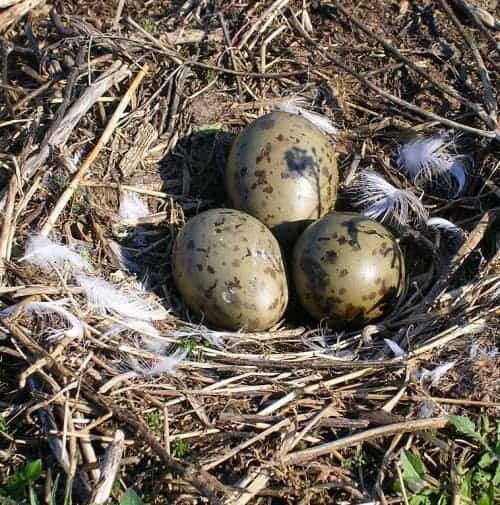Developed but unhatched birds can not only pick up signals from their parents — they can also communicate with their (also unhatched) siblings by vibrating their shells.
We humans are spoiled in many ways. We’re completely dependent on our parents for years, it takes us a long time to learn how to walk, and in most parts of the world, we rarely have to provide for ourselves. Other creatures don’t have these luxuries — they need to be prepared for danger as quickly as possible.
When danger lurks, most birds produce a distinctive warning sound. For gulls, it’s a specific “ha-ha-ha” sound. Chicks pick up on this signal and are alerted of the looming danger. But even before chicks are hatched, they can still pick up the danger.
A pair of researchers with Universidad de Vigo in Spain found that unhatched chicks can pick up the danger signal and vibrate their shells, transmitting the message to their less-developed siblings.
“We were very surprised,” said Jose Noguera, the lead author of the study from the Animal Ecology Group at the University of Vigo, Spain. “We were aware that bird embryos were able to produce egg vibrations, [but they vibrated] even more than we expected.”
This is not the first time embryonic communication has been studied. Previous research has shown that embryonic birds, amphibians, reptiles, and even insects receive sensory information that helps them prepare for the harsh realities of the real world. Being aware of these dangers and sharing this information with nestmates can help chicks adapt to real situations more quickly, boosting the family’s chances of survival.
The team also found that there are significant behavioral changes associated with this pre-hatching behavior.
In order to reach this conclusion, the team collected 90 yellow-legged gull eggs from Sálvora Island, a large breeding region off the coast of northern Spain. They sorted them into nests of three. Six days before hatching, two out of the three nest eggs were removed from the nest and then exposed to either a recording of a predator alarm or white noise. The third group was not exposed to any sounds.
The birds exposed to alarm calls vibrated in response. When they were reunited with the egg that was not exposed to any sounds, this egg also mimicked the vibrating sounds. The eggs also underwent genetic chances known to delay hatch time, as a response to looming danger, and had an increase in the production of stress hormones, which makes birds more aware of their surroundings after hatching. Birds that were exposed to alarm sounds were quicker to run and hide after hatching.
Researchers are still unsure how the embryos produce and understand these signals, but it’s an absolutely remarkable communication system, which may be much more widespread than it was previously realized.
The findings are published in the journal Nature Ecology and Evolution.










